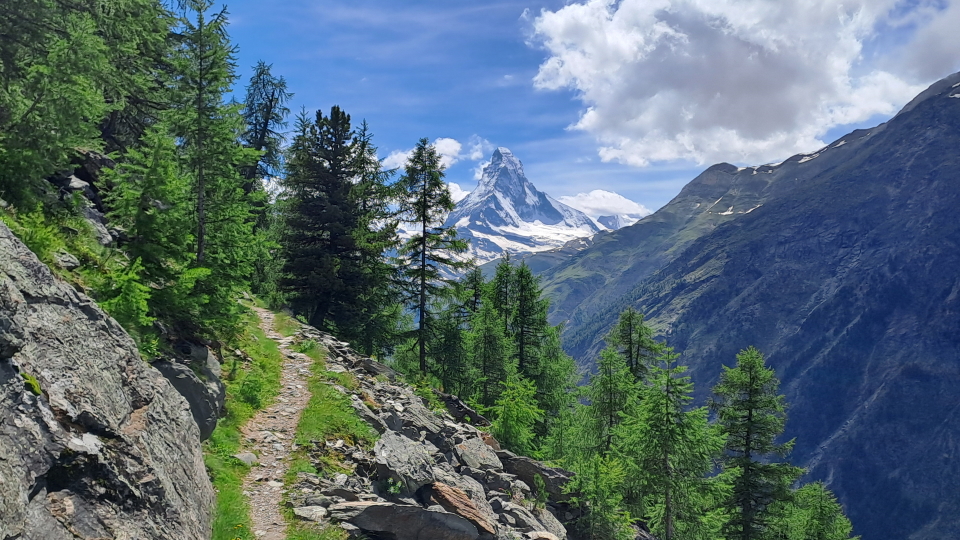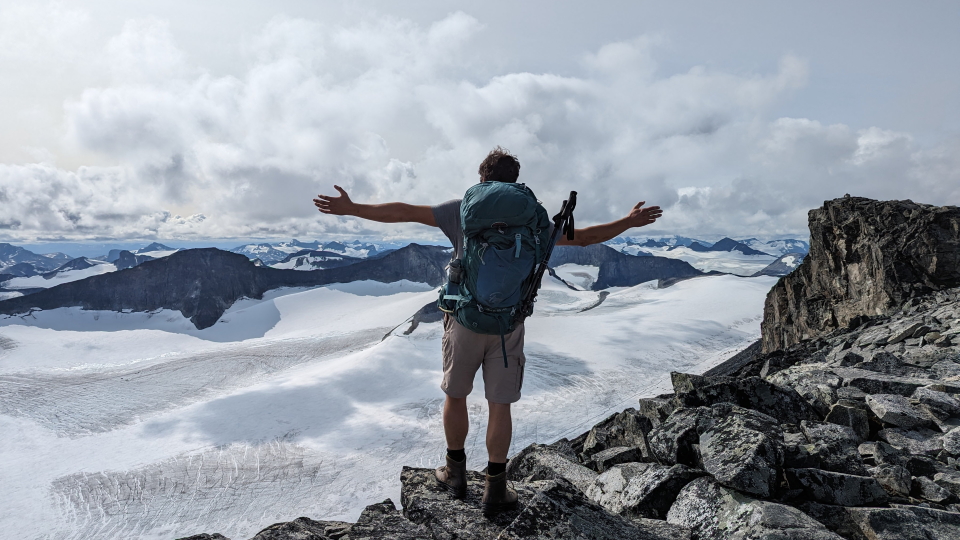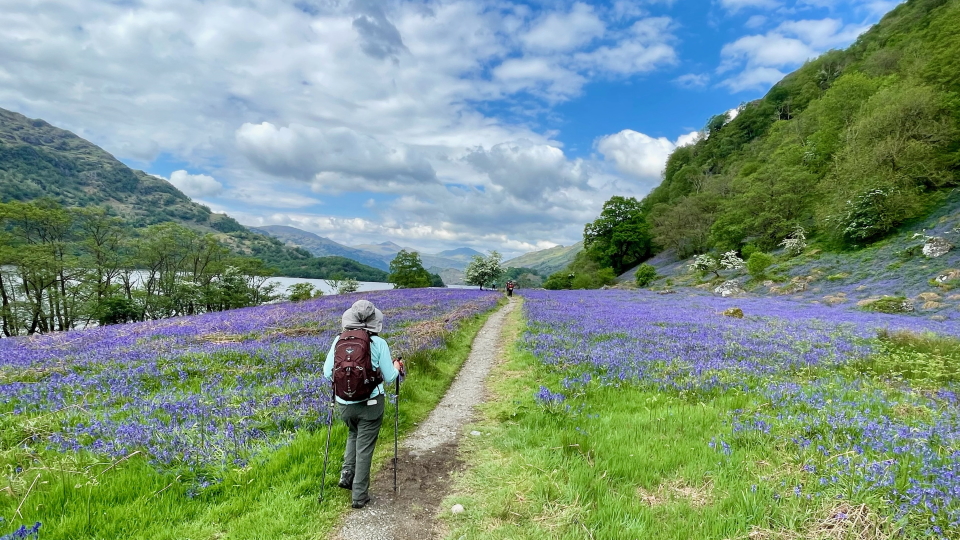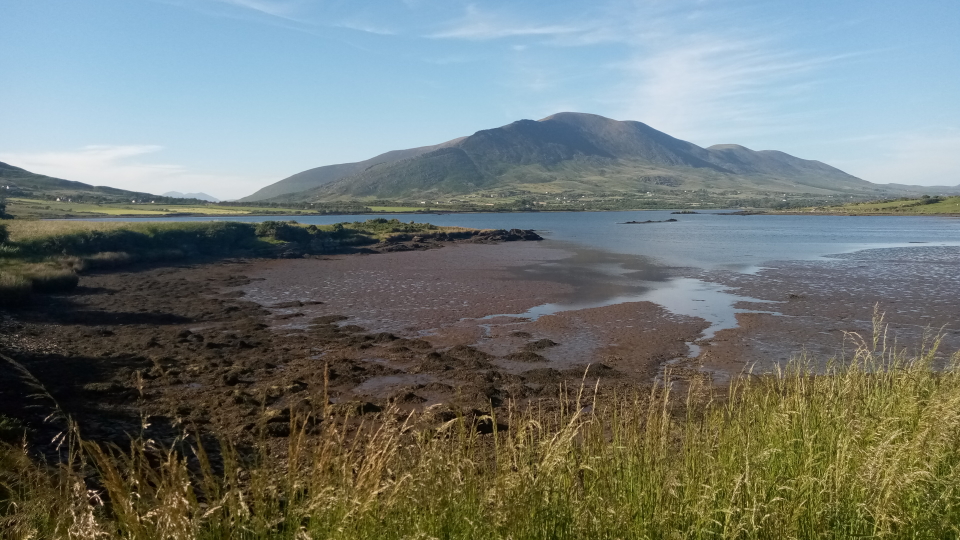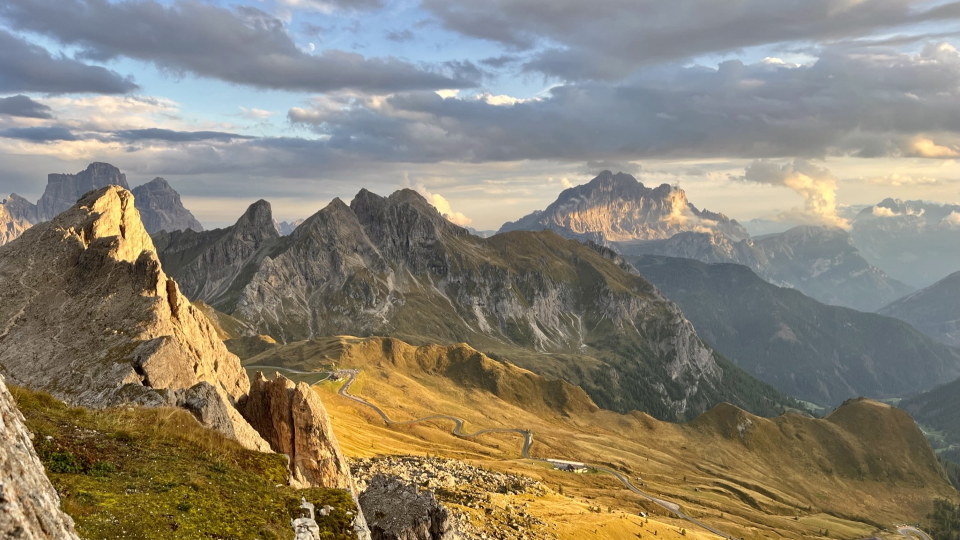Thoughts about these mountains
About the UK
The mountains here in the UK are at the bottom of our table, as is easily seen above, and to many might seem trivial. How can a mountain of only 1,345m (Ben Nevis) be difficult? To walkers used to the UK’s weather and topography, however, these mountains certainly are frequently difficult and worthy of a lot of consideration. We would caution against seeing the UK’s mountains as easily-done, and we would urge a good grounding before climbing them.
One factor that makes UK mountains harder than those in the Alps, relative to their height, is that paths in the UK are often harder to follow. The UK hills are generally clear of trees and in need of clear paths, but such paths have not yet established themselves, or been established, in clear ways. Simplistically, the Alps enjoy clearer routes through, because a cleared strip is very often a path, at least some path going somewhere.
About Scandinavia
Norway’s Galdhøpiggen (2,624m) is the highest point in Scandinavia. The other countries are Iceland with Hvannadalshnjúkur (2,110m), Finland with the point on Halti (1,324m), Denmark with Møllehøj (171m), and of course Sweden with Kebnekaise (2,097m) as above, but none of these respective country high points are as high as Norway’s.
Sweden’s Kenekaise (2,097m) is initially tempting because its elevation is not unduly great and because its climb is largely on normal rocky ground, as is Norway’s Galphøpiggen (2,624m). It can be done as a daywalk from the Kebnekaise hut which is a lovely place to stay in the far north of Sweden, itself a one-day hike in from the road head. However, Kebnekaise has a greater ascent that by itself puts it at the margins of a day’s possibility, and tricky, technical ground to reach either of its two summits.
Comparisons to the United States of America
Mont Blanc at 4,806m would be the highest peak in the contiguous United States, meaning those states that are joined together, or in other words everywhere except Alaska and Hawaii. Alaska’s highest peak Denali (Mount McKinley) is 6,190m and would therefore be higher than anywhere in the Alps.
UK mountains, which sound low by international standards, would come in about half-way up a US table: Ben Nevis at 1,345m is just higher than Vermont’s high point Mount Mansfield at 1,340m, the 26th state ranked by high point.
Thinking of those 26 states East of the Mississippi, only five rise higher than Ben Nevis (1,345m). Those are Georgia with Brasstown Bald (1,458m), Maine with Mount Katahdin (1,606m), New York state with Mount Marcy (1,629m), New Hampshire with Mount Washington (1,916m), and North Carolina with Mount Mitchell (2,037m). Therefore, Mount Mitchell is the highest point in the US East of the Mississippi. As can be imagined, a few other states have high points in ranges typical of UK mountains.
What does it mean to be doable by ordinary mortals?
By this we mean that a walker could, wearing ordinary walking kit and without having learnt any of the skills of Alpinism (ropework, crevass technique, glacier travel or the use of ice axes and crampons) and without being practiced in scrambling or rock climbing, and without days or nights planned, just walk the day and do the peak. `
Triglav (2,864m), the highest peak in Slovenia, is at the top of the peaks in this range of difficulty, and merits some further chat. The simplest route on Triglav climbs above the hut Dom Planika, steep and involved here on these slopes, and once on the ridge goes along it to a final summit slope. The scrambling is difficult throughout. Official advice is to go with Via Ferrata kit, which means a lanyard, to be able to attach to the metal cable beside much of the path, and a harness to attach the lanyard to yourself (and also a helmet); but with some shock absorption so that you can take a fall onto this system. In practice Triglav is often attempted without Via Ferrata kit, and this is achievable by fit walkers with scrambling experience.. and crucially if they get a nice day of weather.
Second on this list (of hills doable by ordinary mortals, in descending order of dificulty) would be the Zugspitze (2,962m) in Germany. With its short summit ridge, it is almost as hard a scramble as Triglav, but with simpler ground up to this point and therefore almost to the top. Or, to the bottom of the summit ridge, a mountain railway from Garmisch-Partenkirchen! Once at the top, take the cable car down into the Eibsee and then the (separate) train into Garmisch, a fabulous and not-too-long day.
Please chat with us about these peaks, as you plan your trip. We’d love to help.
 Travel – see all our background pages
Travel – see all our background pages Table of all these mountains
Table of all these mountains … The Alps
… The Alps … Scandinavia
… Scandinavia … The UK
… The UK … Ireland
… Ireland Thoughts
Thoughts